Snapping Shoals EMC—in partnership with the Newton College and Career Academy—operates the first sheep-resident solar farm in the state of Georgia.
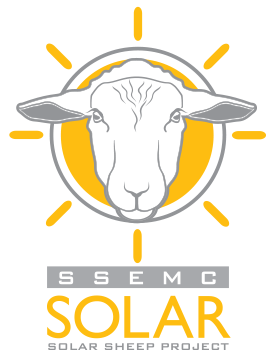
Nestled among the miles of green pastures blanketing each side of state Highway 11 sits one of the most innovative farms in Georgia. Currently home to 30 Katahdin sheep, the Snapping Shoals EMC Cooperative Solar Farm benefits Newton County residents by offering certain SSEMC members the opportunity to buy blocks of solar power.
The SSEMC Solar Farm is the first sheep-resident solar farm in the state—the result of a collaboration between Snapping Shoals employees Scott Fuss, Bobby Fincher and Russell Nelms and Newton College and Career Academy agriculture students and advisors. Fuss, Fincher and Nelms were all members of the Future Farmers of America.
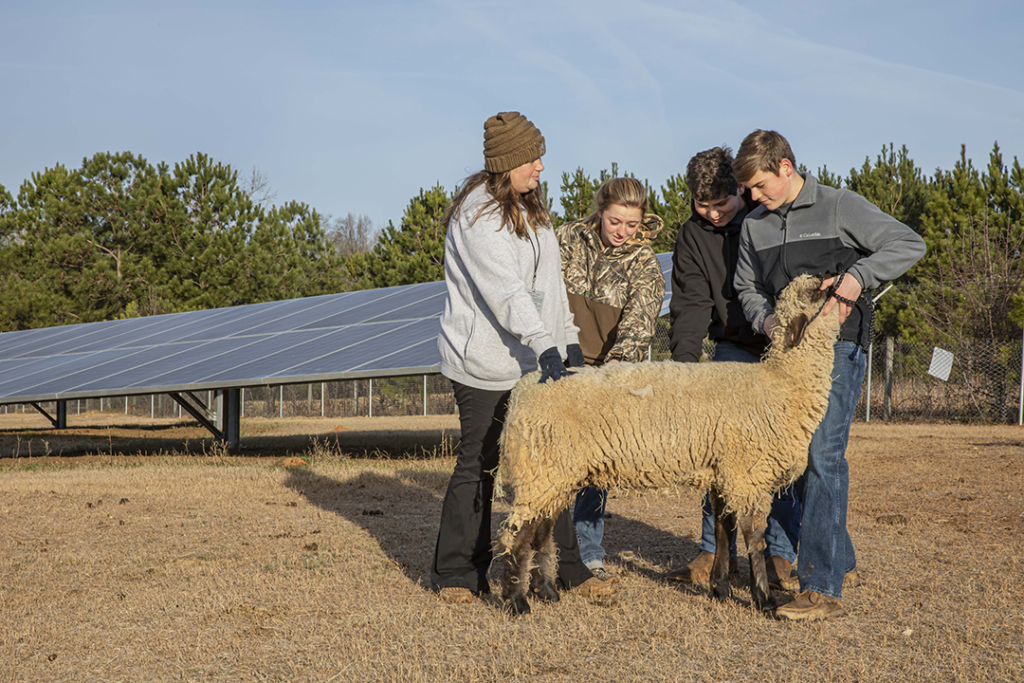
“We have a close connection,” said Fuss, a public relations and marketing coordinator for Snapping Shoals. “They do this in Europe and some other places in the United States. The three of us looked into it and decided we needed to do something like that.” Fourteen acres of solar panels stand in neat rows in the middle of the grassy pasture. “Ordinarily, we would have to keep the grass cut and kill weeds around the panels, but the sheep do that work for us,” Fuss said. “During the day, they graze in the shade under the panels and at night they graze in the open areas.”
NCCA Agriculture Education Advisors Cecily Gunter and Marcus Pollard offer high praise for the not-for-profit co-op farm.
“It’s an outdoor, living lab for the kids. They get a chance to get out and do more. They get to see how a farm actually works.”
Snapping Shoals EMC Director of Line Services Bobby Fincher
“There is a rich history with the involvement of local EMCs and FFA,” Pollard said. “Our relationship with Snapping Shoals EMC is great, and it literally couldn’t be any better. We’re of course thankful for the financial support that Snapping Shoals EMC provides, but it extends [to] much more than that. Their employees are actively involved and invested in our students with their livestock projects and have been there to support them at livestock shows.”
SSEMC has sponsored several show animals, including sheep, steer and pigs. One benefit of the solar farm is that it provides a way to retire quality sheep in an appropriate setting. Gunter explained that the farm serves students who want to embark on a livestock project but may not have the time or resources to exhibit a livestock animal themselves.
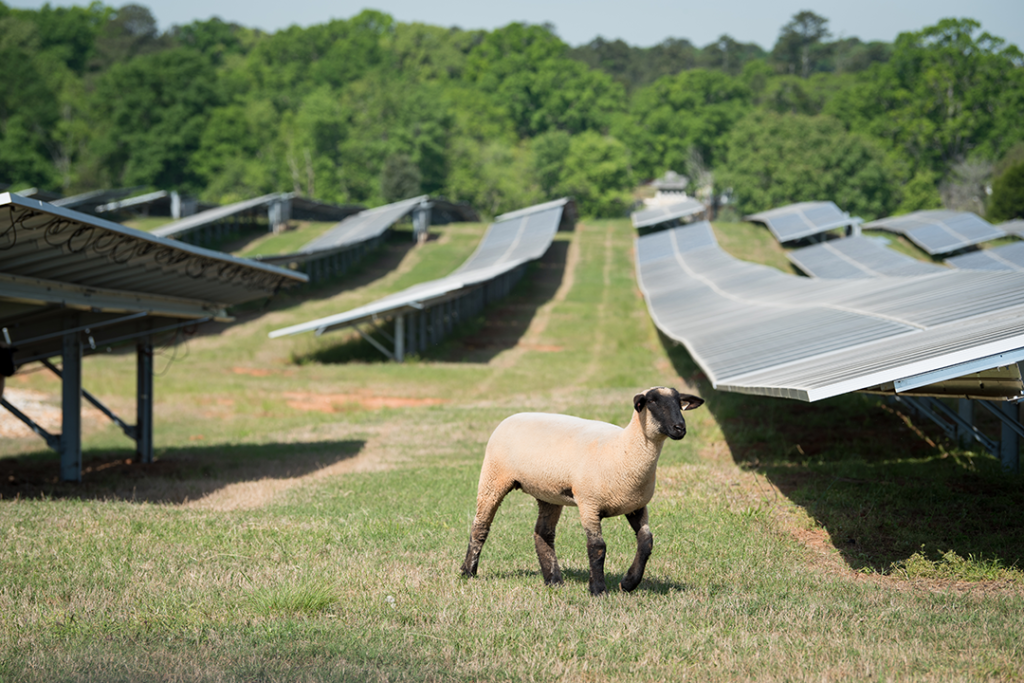
“To be able to put them out at the solar farm and manage them the way we would a commercial flock brings an entirely different element to our program that all of our students can participate in,” Gunter said. “This project allows us to teach about that aspect, and we have had students very interested in that. We’re so incredibly thankful for SSEMC’s involvement and investment in our youth.”
Caleb Dinn, a 2019 graduate of the agricultural program at the Newton College and Career Academy, works at the farm five days a week, putting out feed and doing other chores. “Although the sheep graze,” Dinn said, “there isn’t much grass in the wintertime, so they need the feed.” He also counts the sheep, walks the perimeter to make sure predators are not trying to dig underneath the fence and monitors all the babies. Lamb care includes using heat lamps to warm newborn sheep. “January through March and April is lambing season,” Dinn said. “We have a lot of cute babies right now. Our ram has done a good job.”
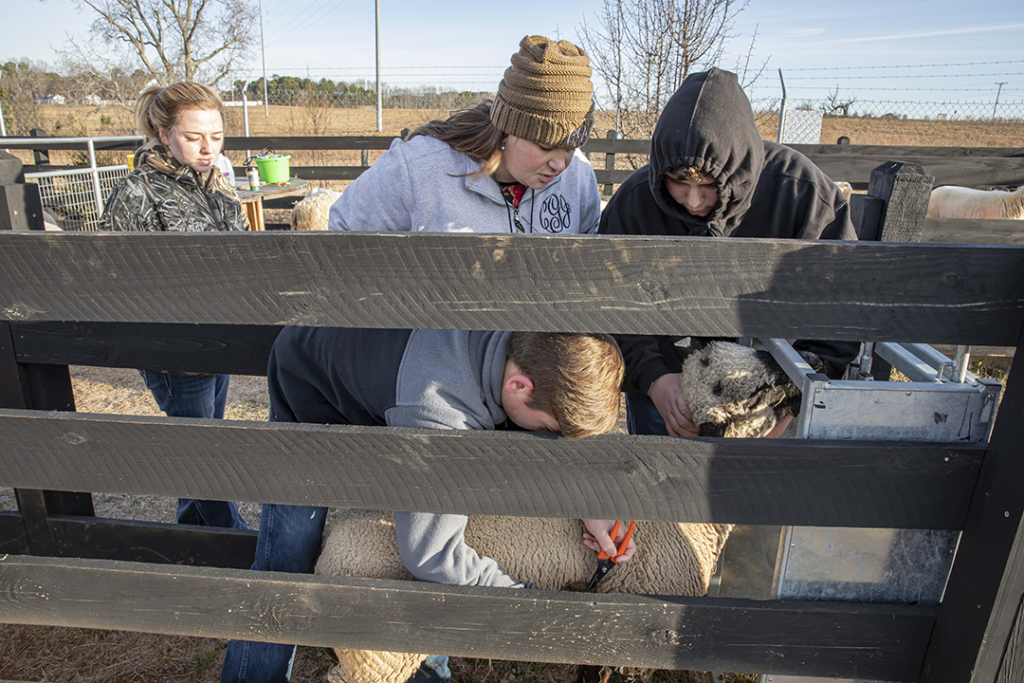
Indeed, the flock is comprised of just one ram, two castrated males—known as wethers—and 27 females, or ewes. Fuss, Fincher and Nelms all lauded Dinn as “an excellent shepherd.” Dinn considers his work a labor of love. “I showed sheep when I was in FFA my junior and senior years of high school,” he said. “I loved it. I like sheep because they’re gentle, they’re easier to handle than cows and they smell much better than goats.”
Why sheep? Other animals, including goats and donkeys, also graze on grass.
“We only have sheep because goats would climb on the panels, [and] donkeys would rub against the panels and pull out the cables.” Fuss said. “Sheep, they just graze.”
Dinn outlined why the farm chose Katahdin over other breeds of sheep.
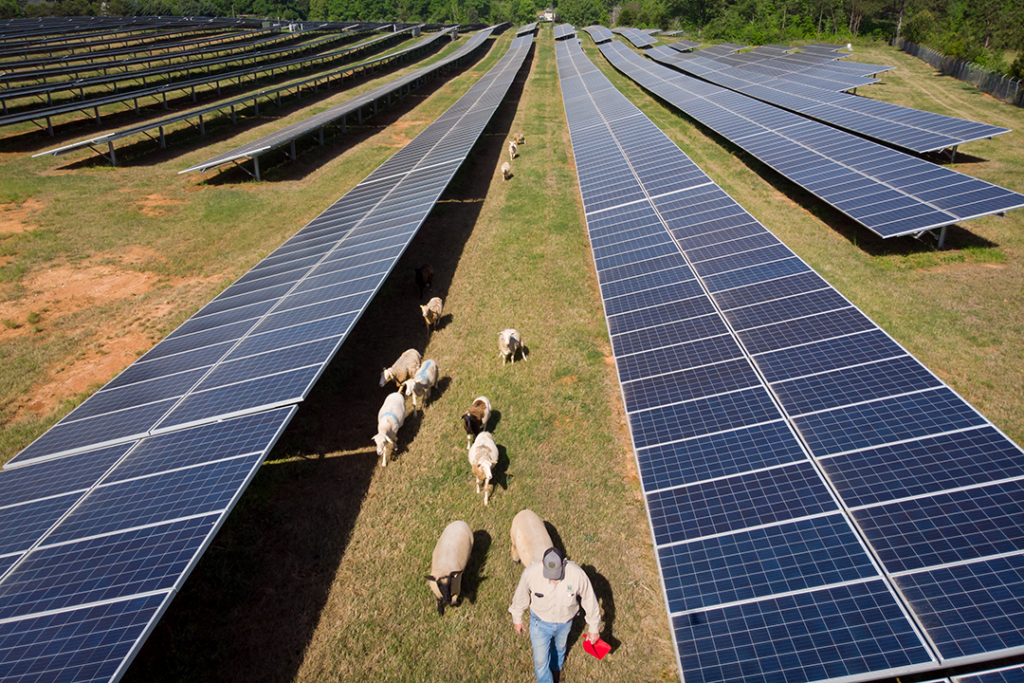
“People don’t realize that sheep get sick easily,” he said. “Katahdins are a disease-resistant breed from Africa. They also don’t require shearing because they don’t have actual wool, but they do shed it in the summertime, like hair. They’re lower maintenance than Hamshires. Those are the fluffy, cute sheep with black faces that come to mind when people think of sheep.”
Fuss admits that balancing having just enough sheep to keep the grass under control at the solar farm has become something of an art.
“We’re still in herd management stage,” he said. “We traded a ram for more females. We’re still trying to figure out how to maintain without overgrazing during the summer. When we do get extra sheep to sell, we’ll donate the profits back to others.”
NCCA agriculture students visit the solar farm once a month to practice their veterinary science skills. They deworm the animals, examine their hooves and perform other hands-on tasks. “It’s an outdoor, living lab for the kids,” said Fincher, director of line services for SSEMC. “They get a chance to get out and do more. They get to see how a farm actually works.” In addition to providing a living lab for FFA students, the solar farm has become a popular field trip destination. “We’ve had students from Tucker High School come out for field trips,” said Nelms, a lineman with Snapping Shoals EMC. “Many inner-city kids have never seen a sheep in person. It’s a good learning experience.”
All parties involved with the project are excited about the solar farm’s future and continuing to build the relationship between SSEMC and NCCA.
“We’re planning to add cameras to the new barn,” Fuss said, “including a ‘Sheep Cam’ that everyone can use to watch the sheep and see the new lambs.”
Click here to read more stories by Kari Apted.

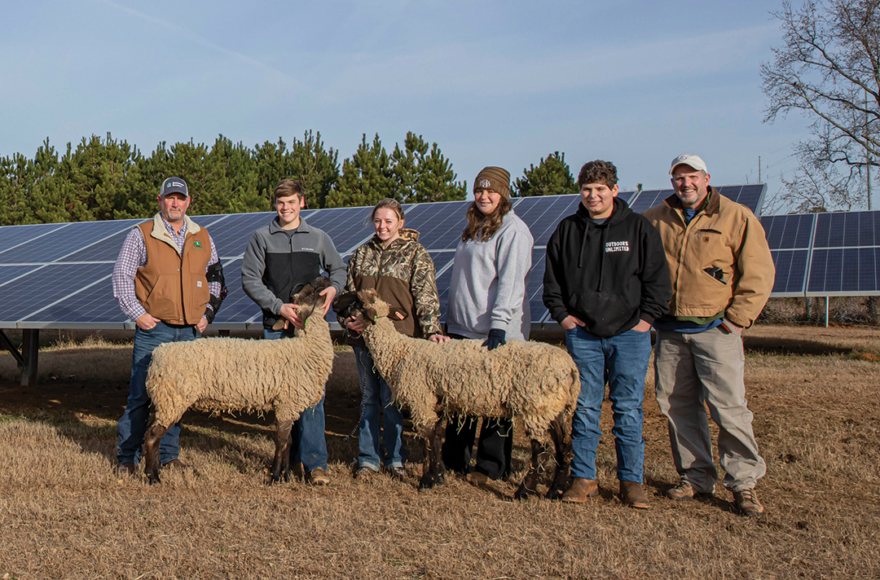
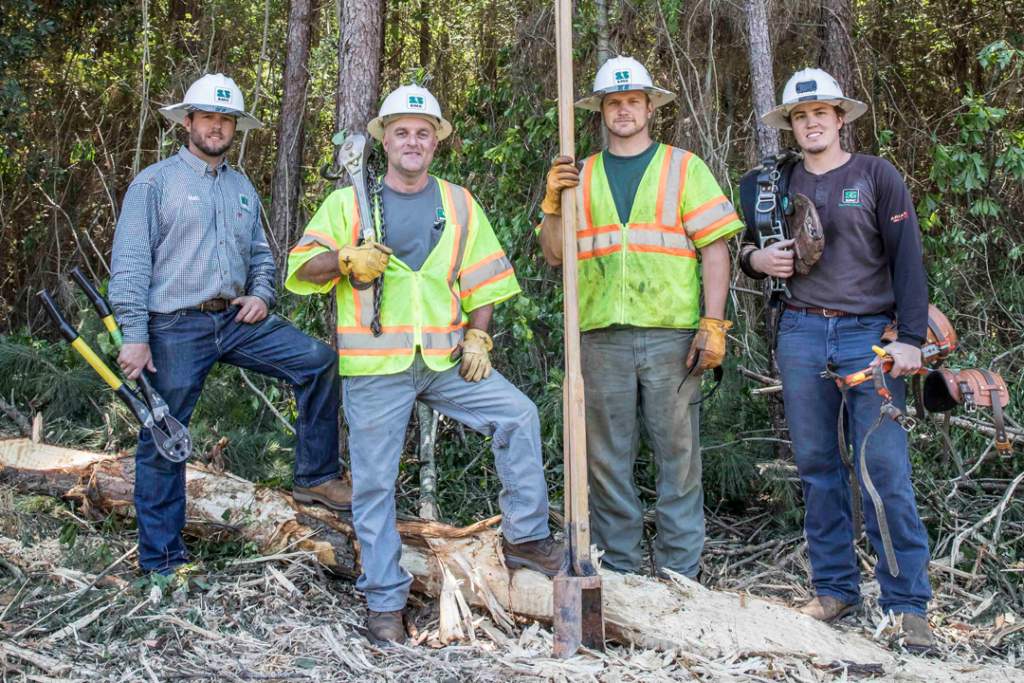
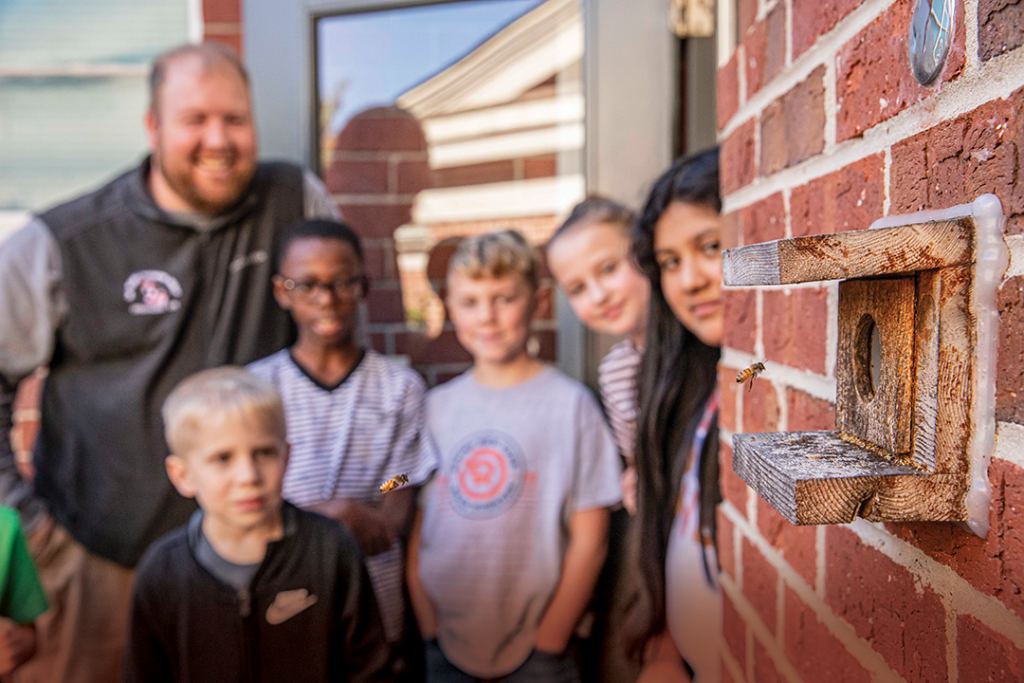
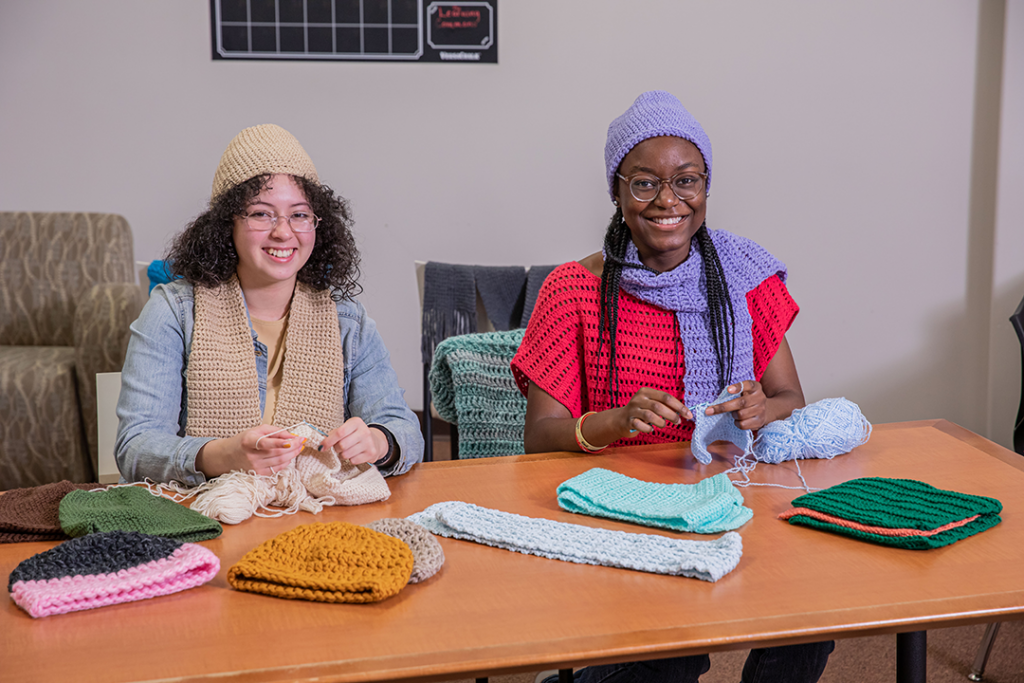
1 comment
This sounds like an awesome idea